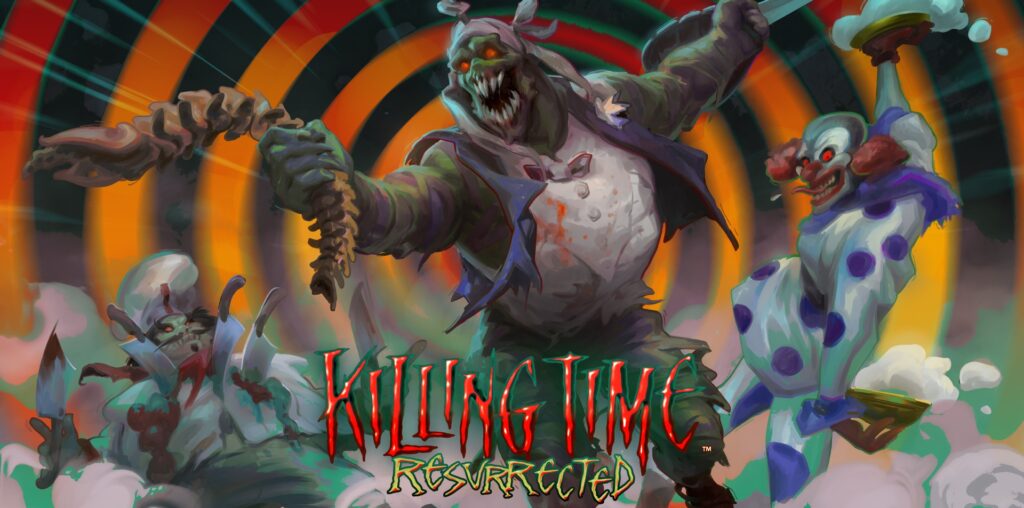As the communications manager at Nightdive Studios and a fan of both classic and indie games, I feel privileged to be part of an independent team whose goal is “bringing lost and forgotten games back from the depths.” It’s also an honor to see this goal shared by collaborators like Ziggurat Interactive.
Recently, Nightdive worked with Ziggurat on the release of Killing Time: Resurrected, bringing the 3DO classic to Xbox One and Xbox Series X|S for the first time ever. As exciting as this is for long-time fans, Killing Time could be considered an odd choice to remaster for those unfamiliar with the game.
So, Why Remaster A Game Like Killing Time?
After all, Killing Time wasn’t as big of a commercial success as other 90s boomer shooters, nor is it as widely beloved today as titles like DOOM (1993). But, that’s not to say there isn’t an audience for it at all. Killing Time has long been a popular remaster request from members of the Nightdive community, and the post-launch excitement for the remaster has been equally considerable.
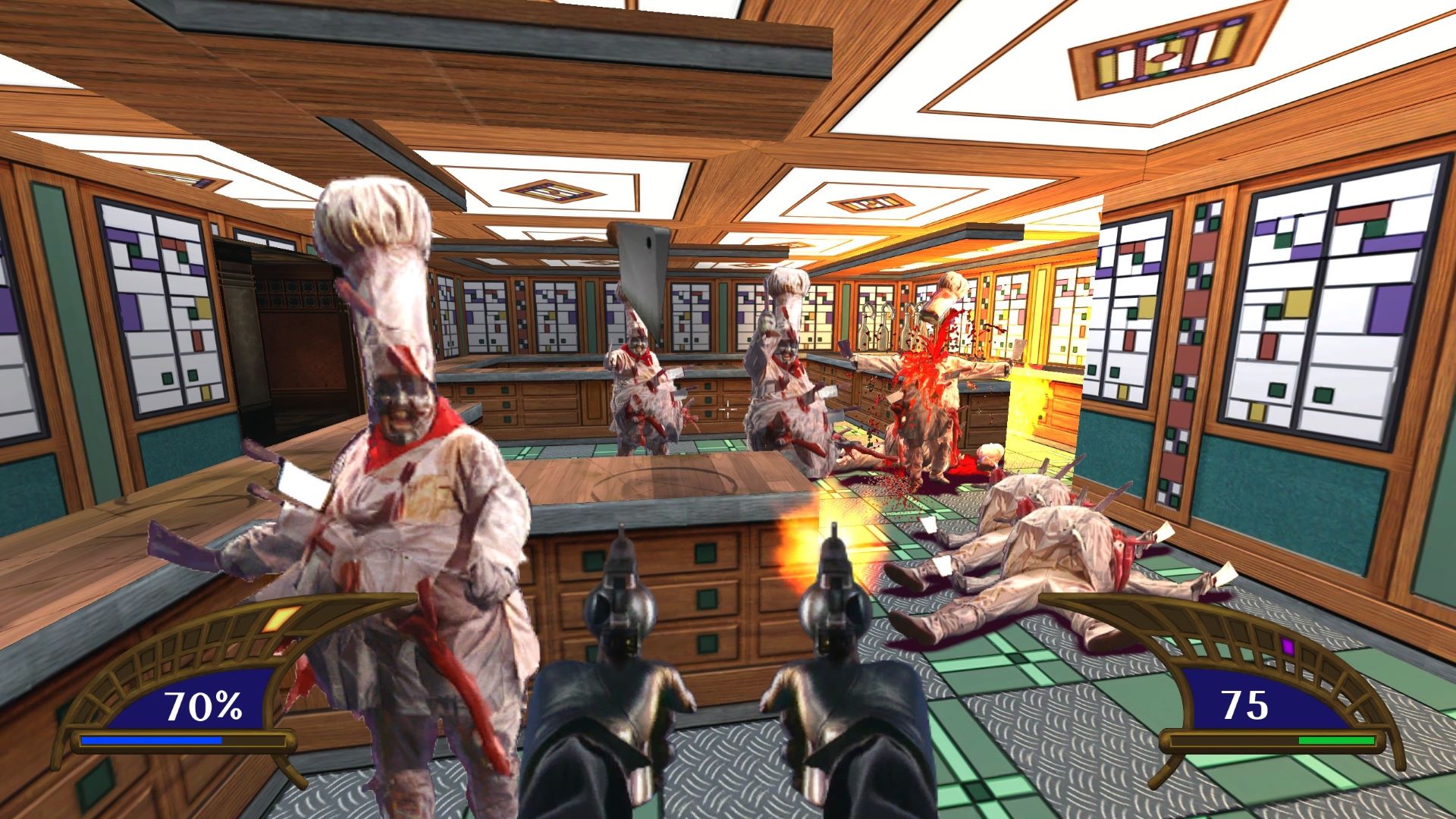
Popularity and marketability aren’t the only things companies consider when determining whether a game should be remastered, though. Remastering games can be a great way to help preserve them for future generations.
“Remakes and remasters are so important to preservation, especially for console players,” says Nightdive Director of Business Development, Larry Kuperman.
It’s also a great time for game preservation because, according to the Software Preservation Network, 87% of classic video games released in the United States are considered “critically endangered.” Without action, these games are all at risk of not just becoming unplayable, but disappearing entirely.
“Preservation of a game means ensuring it does not become lost media unavailable to play in any form,” explains Alex Lotz, Managing Producer at Ziggurat Interactive. “Remakes, remasters, or re-releases all serve this goal in distinct ways. Other forms of preservation worth noting are anthologies, such as those made by Digital Eclipse.”
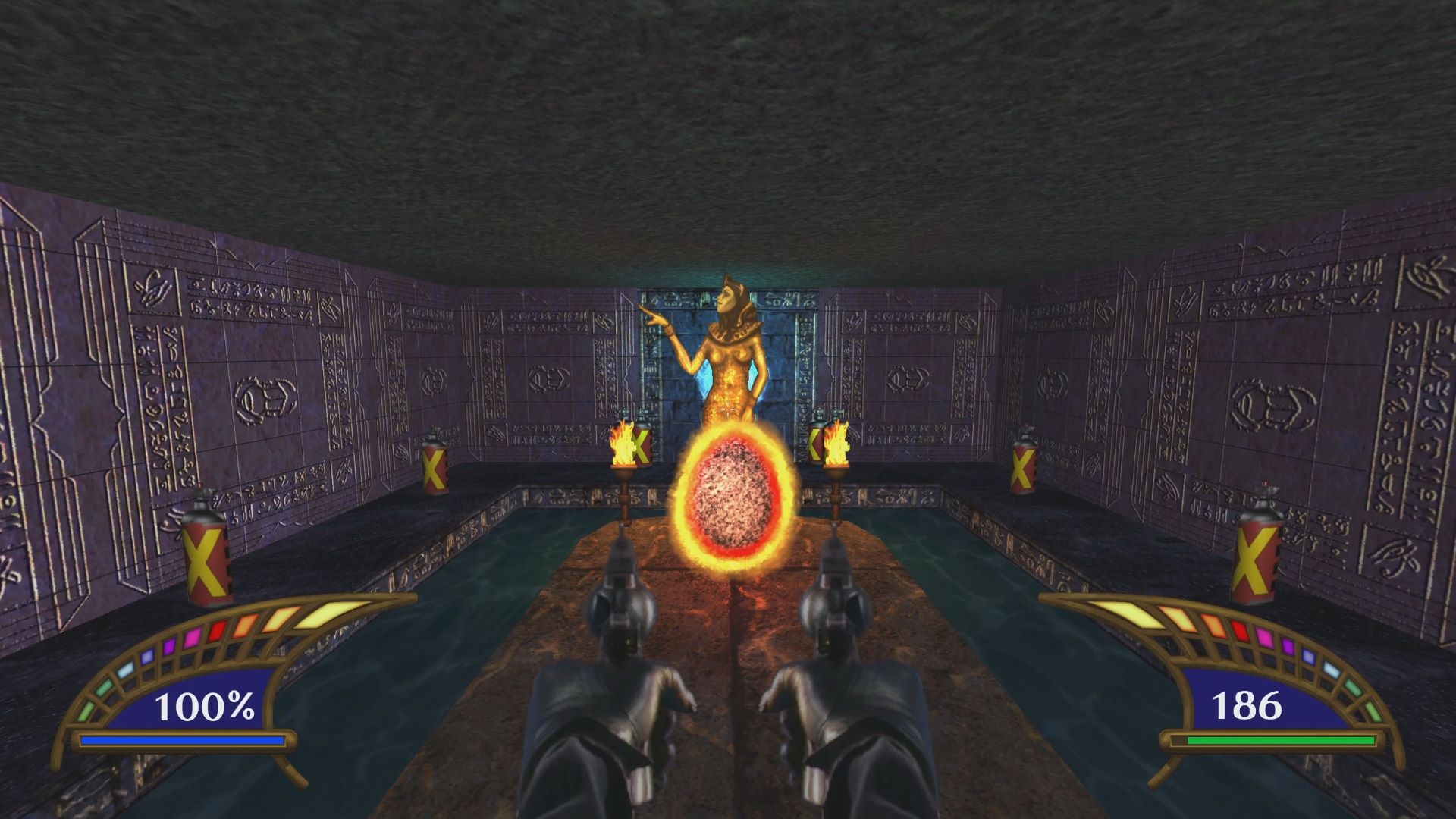
Something people may not know about companies like Nightdive is that many of its remasters – System Shock, for example – are passion projects. Not created to pursue profit, but rather because people like Nightdive founder Stephen Kick wanted a way to replay their childhood favorites.
With a lack of support for many older titles on modern consoles, and purchasing used games becoming increasingly cost prohibitive, many have found replaying their favorites to be more trouble than it’s worth. Which is a shame, because we not only lose a work of art when a game becomes a piece of lost media, we also lose key insight into the history of game development.
“If you think about it from a game development perspective, most of the game mechanics used in today’s AAA titles have evolved,” notes Nightdive’s Larry Kuperman. “Game preservation gives everyone a chance to see how this evolution happened, and to have fun while doing it.”
Killing Time in particular represents a specific era of games where the art, design, and creation methods were still growing and being developed, according to Nightdive Developer Seth Groom: “Even the fact that it has live-action videos and real props/photos of things is enough to recognize how special it was at the time it came out.”
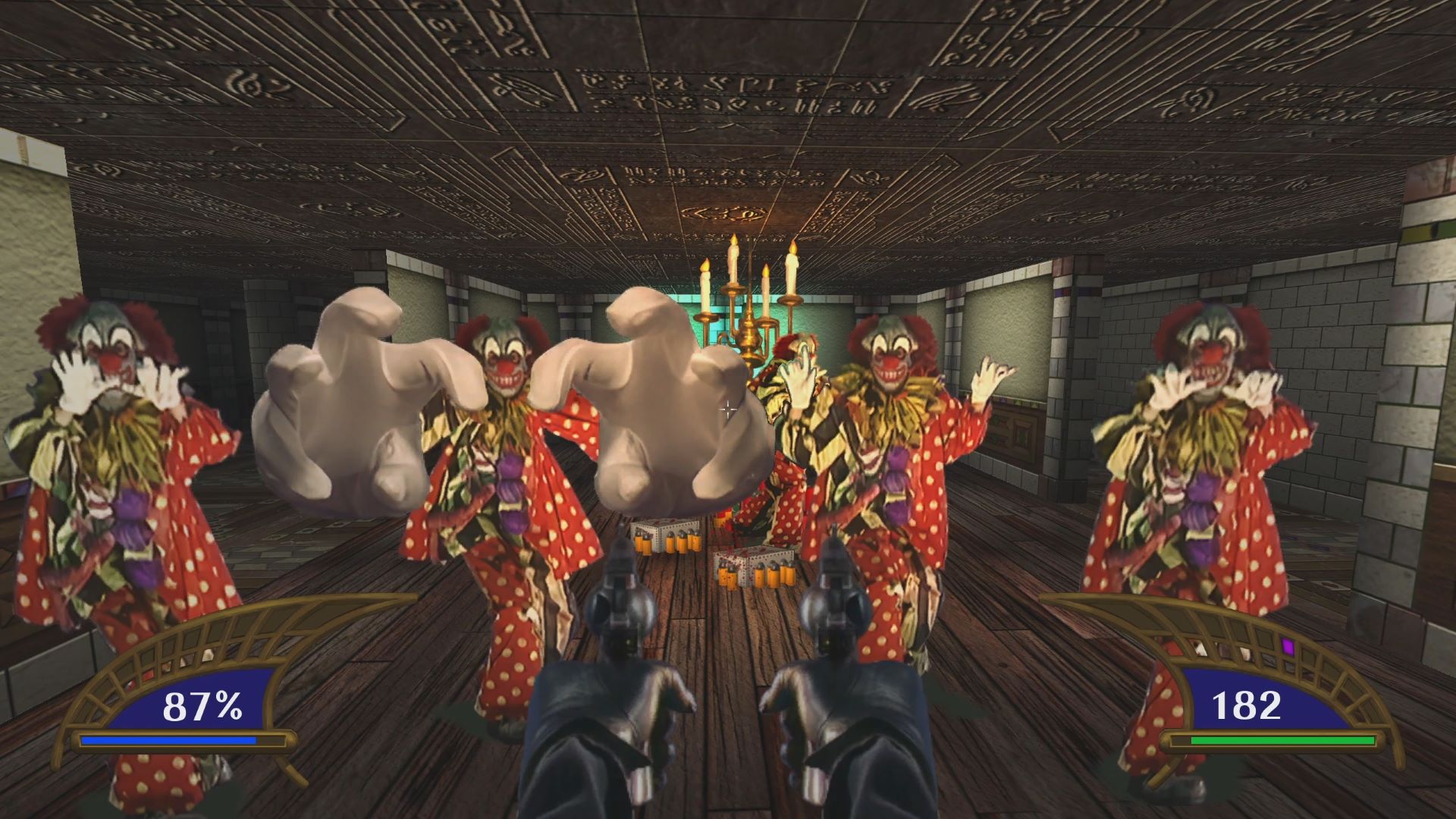
Ziggurat’s Alex Lodz shares the same sentiment: “Games of all kinds deserve preservation for general reasons, like historical interest, and to serve as windows into the media and entertainment culture of their time. We’re especially passionate about preserving games like Killing Time that showcase the original development team’s outstanding imagination and willingness to take innovative risks when it comes to gameplay, presentation, design, technical implementation, and storytelling.”
Game Preservation’s Many Forms
With that in mind, do re-releases, remasters, and remakes really count as methods of game preservation?
One might argue that because a remaster isn’t a direct port of the original, aspects of the game are still at risk of becoming lost media. However, companies like Nightdive mitigate this by including the game’s original version alongside its remaster, plus a Vault packed with historical content
“Another thing Nightdive does now for preservation’s sake is to include all the content we’re not able to fully restore or integrate as a ‘Vault’ feature which gives an important window into the game’s development process,” James Haley, Lead Developer at Nightdive, points out.
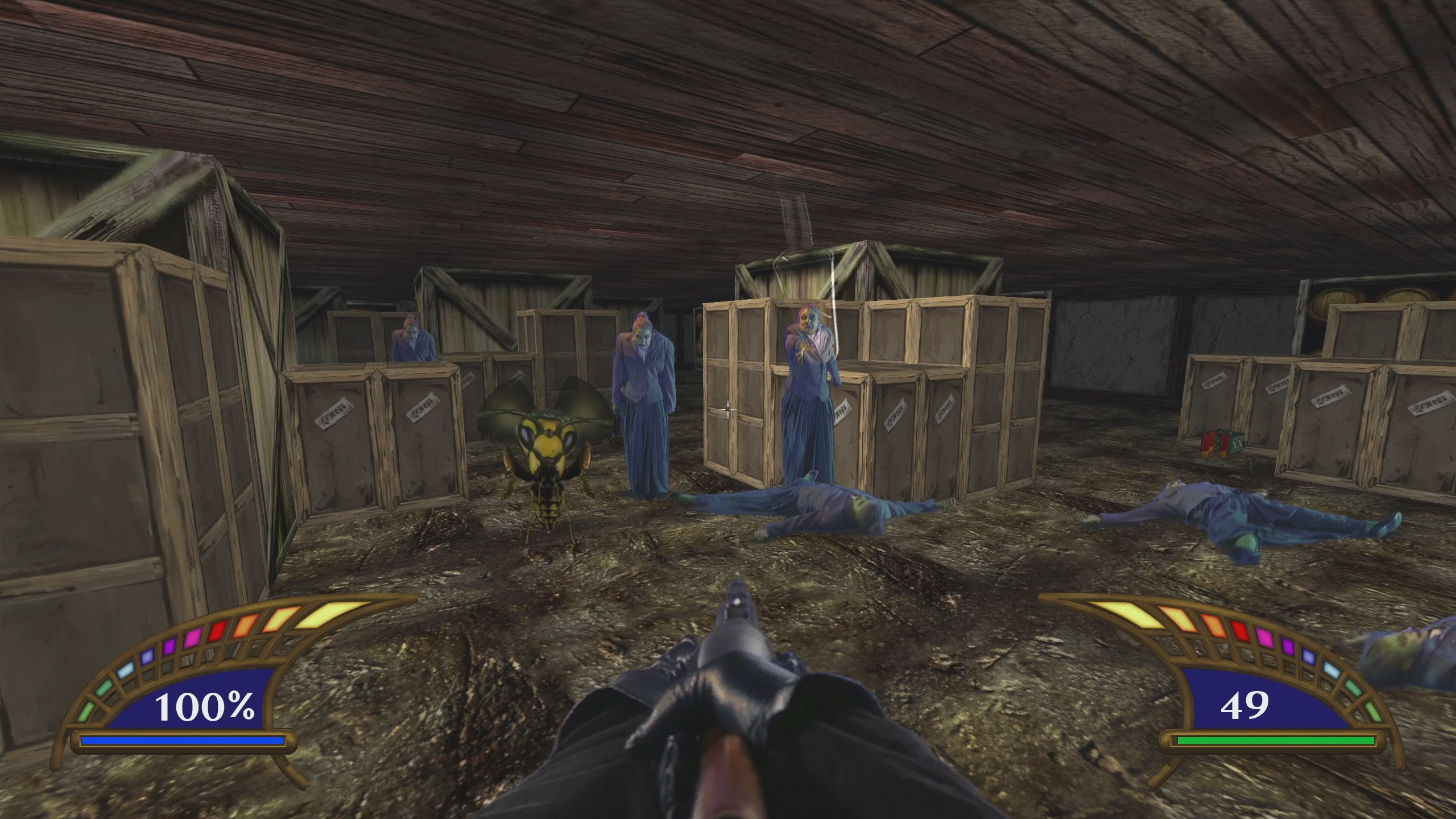
Improving Playability
Not only do remakes and remasters help restore and preserve games, they also have the potential to expand a game’s player base through the inclusion of accessibility improvements, be it by simply making the game available on newer platforms, or by adding more flexibility to existing settings
“From the lens of accessibility, it becomes increasingly apparent that bringing games up to modern standards via remasters and remakes is important,” Groom stresses. “Not everyone can access older tech to experience older games, so breathing new life into them allows for broader access.”
One of the ways Killing Time: Resurrected does this is with its improved control scheme.
“We’re excited for the new controls!” says Lodz. “While some may find the game’s original control scheme charming, many more will enjoy being able to easily customize the game’s controls to their liking, and have the ability to aim more freely.”
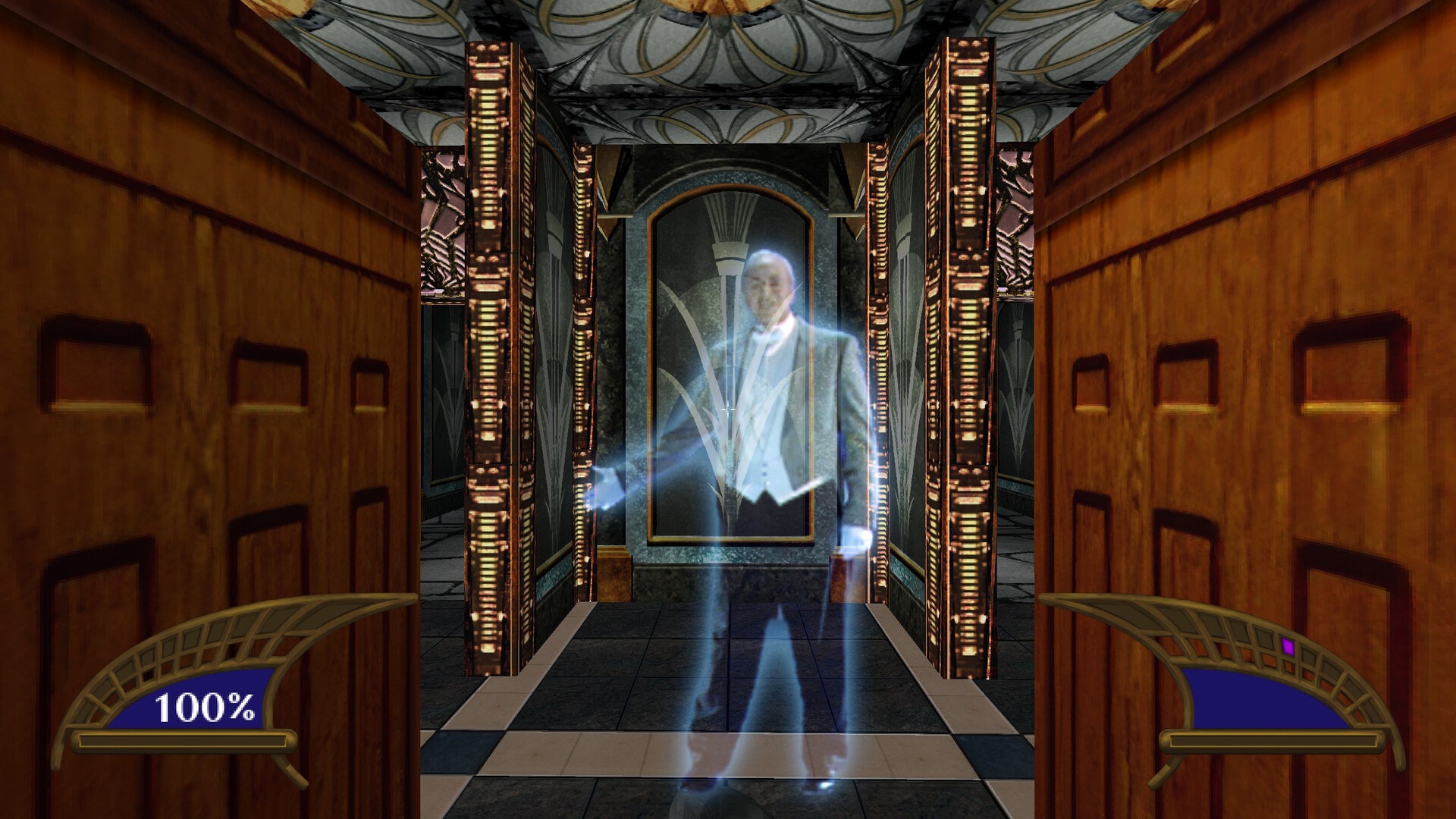
According to Haley, the team at Nightdive also addressed a “number of issues that previously made the game a hard sell” noting, “all of the strange creatures, gaudy textures, and roaring 20’s jazz band music are perfectly intact, but without any of the crashes, audio glitches, broken controls, or cramped environments.”
Visually, the graphical improvements in Killing Time: Remastered make the game easier to navigate as well.
“I did all the lighting shaders and screen effects, and the difference is something I’m genuinely proud of. Lights now have an influence on everything. Numerous rooms have been completely transformed after adding lighting,” shares Groom.
Thanks to the help of Ziggurat and the passionate work of Nightdive’s development team, Killing Time: Resurrected also incorporates components from both the 3DO and PC versions of the game.
“Ziggurat was able to provide us with complete development archives for the 3DO version which were critical in our creation of high-resolution sprites and movies made from the original blue screen capture process,” Haley explains. “Other than that, we were given free rein to take the two versions of the game and make a cohesive experience out of them.”
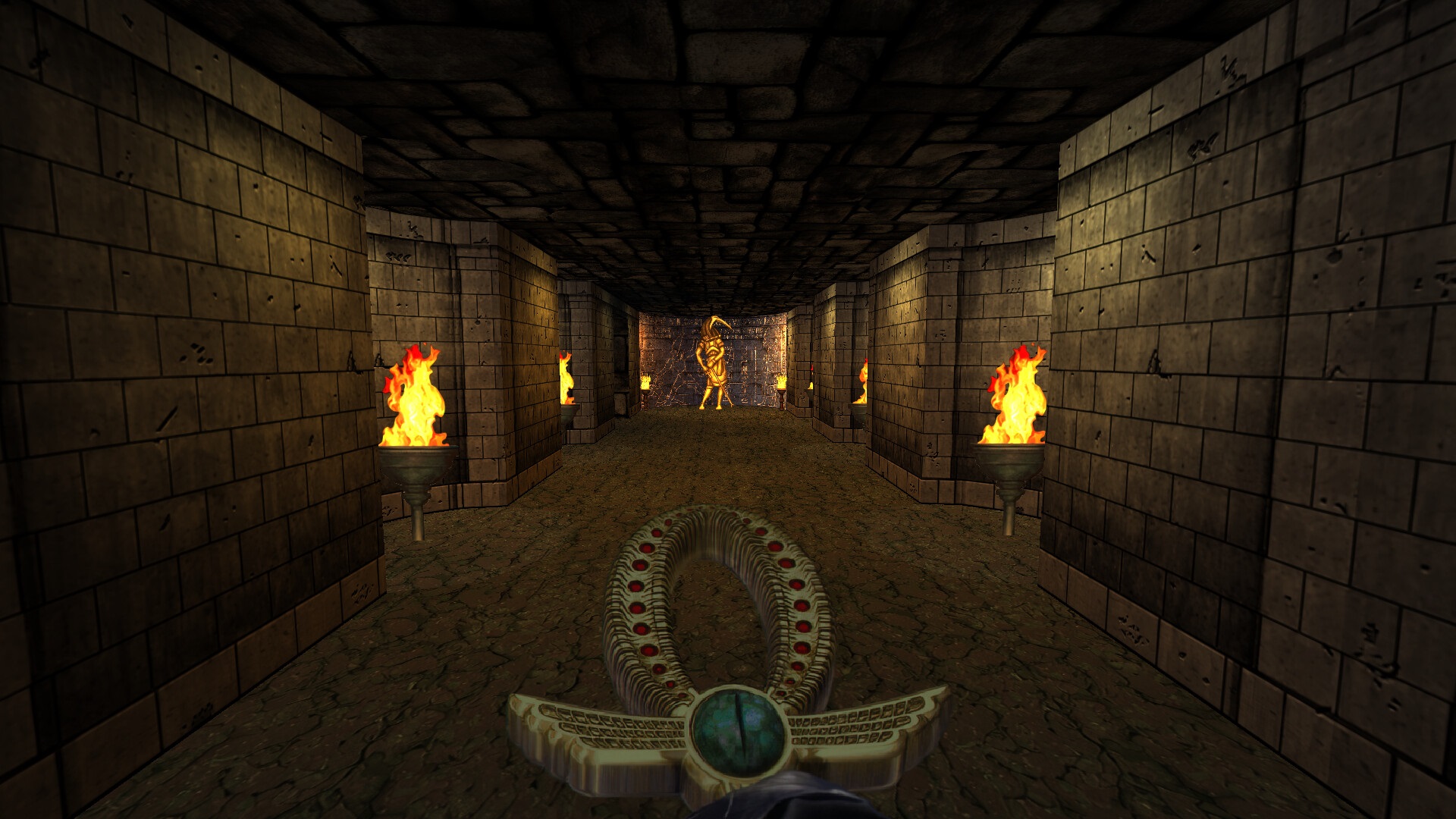
Get Out There and Kill Some Time!
Whether you want to replay a childhood favorite, get a feel for a classic game you might’ve missed out on, or support Ziggurat and Nightdive’s preservation efforts, you’ll find Killing Time: Resurrected well worth killing time in on Xbox One and Series X|S, and its available now.
Killing Time: Resurrected
Nightdive Studios, Ziggurat Interactive
$24.99
$19.99
Welcome To The Conway Estate!
Nightdive Studios and Ziggurat Interactive have teamed up to bring back this sophisticated shooter laced with gallows humor and visual violence to bestow mayhem to all! Puzzle solving and strategic thinking are placed at a premium. The visceral violence is complemented by paranormal graphics and a super(natural) storyline.
Set in the early 1930s, Killing Time: Resurrected casts you as a student, studying the cryptic world of Egyptology, who finds themselves trapped in the estate of wealthy heiress Tess Conway. A ritual to bestow eternal life conducted by Ms. Conway backfires and her high-society friends vanish without a trace. It’s up to you to find and destroy the mystical Egyptian Water-Clock to undo its curse and face a legion of super(natural) horrors.
The remastered edition of Killing Time: Resurrected features toggleable high-resolution character artwork/sprites from the original 3DO and PC versions of the game, upscaled environmental texturing, smoother gameplay, more responsive controls, and expanded control and key-bind settings.
